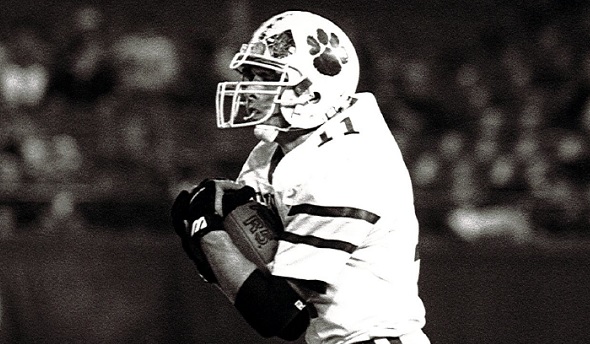
Best Practices
June 28, 2016
Two-thirds of concussions reported in Michigan high school football last fall occurred in games. Even though there are at least five times more hours of exposure during practices than games, there are half as many concussions during practice, according to the mandated concussion reporting requirement of the Michigan High School Athletic Association that is unmatched in the country in terms of its depth and breadth for a statewide requirement.
Michigan was among the handful of states to restrict contact in practice, in 2014, a full season prior to recommendations from the National Federation of State High School Associations and later action by most other statewide associations.
Some of those statewide organizations continue to operate without limitation on contact in football practices, while their counterpart organizations in other states have gone so far as to limit contact to a certain number of minutes in a day and/or week.
Entering mostly uncharted waters for high school football in early 2014, an MHSAA task force recommended that the number of practices be limited where collisions between players could occur – no more than one per day during preseason, no more than two per week after the first game.
This change was embraced by this state’s football coaches association and adopted by the MHSAA Representative Council. All parties liked the ease of administration of this policy, and all distrusted the idea of limiting the number of minutes of contact during practices.
If there is a 30-minute limit on contact in a day or a 90-minute limit on contact in a week, is it the same 30-minute or 90-minute period for all players, even if many are not involved in one or more of the contact drills? Or does the limit apply to each player individually; and if so, how is that tracked, and by whom?
These and other questions made coaches and administrators question how effective a limit on minutes might really be. Nevertheless, a 90-minute per week limit during regular season has been made an MHSAA recommendation for the 2016 season. This will provide an opportunity to address and possibly answer some of the questions that have been raised.
The MHSAA will survey schools this fall about their practice plans and the actual time spent in contact drills by players, assessing how that differs according to offense, defense, player position and grade in school, and determining best practices for how to track player contact minutes.
When Michigan acted in 2014 to limit contact in practice, it was one of the first states to do so. As Michigan takes additional steps to limit contact in practice, it will be one of the first states to do so after researching the best ways to actually do it.

Moment: 100-Yard TD Lifts Pennfield
September 17, 2020
By John Johnson
MHSAA Director of Broadcast Properties
NOTE: This week we begin a series of MHSAA Moments from Football Playoff Finals of years past. Over the coming weeks, we’ll offer video highlights including some of the longest plays and game-deciding moments from 1988 to the present.
In high school football, there are only two plays where you can score a 100-yard touchdown – both by the defense bringing the ball out of the end zone on a turnover.
For Battle Creek Pennfield in the 1991 Class CC Football Playoff Final at the Pontiac Silverdome, such a big defensive play got the Panthers out of the hole in a 14-8 victory over Negaunee.
A bad snap on a Pennfield punt resulted in a safety for a 2-0 Miners lead in the first quarter, and they had driven into the red zone after the ensuing free kick. But on a fourth-down play, the Cereal City contingent came up big.
Negaunee quarterback Ron Logan rolled left and threw to the end zone, where Pennfield linebacker Jason Livengood stepped in front of the intended receiver for the interception. Two yards deep in the end zone, Livengood found an alley and was off to the races for a 100-yard return. (High school statistics rules do not count end zone yardage.)
“I couldn’t believe it,” Livengood told the Battle Creek Enquirer after the game. “All I had to do was fake one guy and then it was open the rest of the way.”
The big play steadied the Panthers after their shaky start.
“It showed us we could do something,” running back Jim Martens told the Enquirer. “We needed a stop and we got more than that. We got six points.”
Still, the Panthers had to come up with a big drive in the third quarter – 67 yards in 17 plays taking 9:58 off the clock, with three fourth-down conversions – to take the lead to stay on Martens’ five-yard scoring run.
Negaunee mounted a drive from its own 37 to the Pennfield 18 during the final two minutes of the game. But after they completed a pass to the 11, the clock ran out on the Miners.

